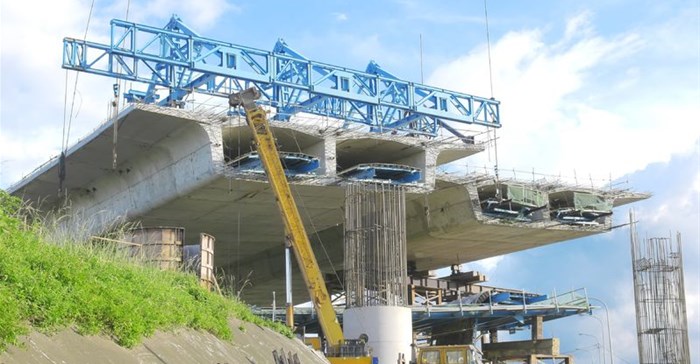According to an analysis released by PwC Africa, transport infrastructure investment is projected to increase at an average annual rate of about 5% worldwide between 2014 and 2015.
The analysis on transport infrastructure spending to 2025, for which Oxford Economics provided research support, estimates the scale of current transport infrastructure investment and assesses the prospects for future investment from now to 2025.
Sub-Saharan Africa (SSA) is expected to have the fastest average annual growth rate of over 11%, while Asia-Pacific remains by far the largest transport infrastructure market, with investments increasing from $557bn to nearly $900bn over the forecast period. However, transport infrastructure investment levels in Western Europe are expected to take a long time to recover due to continual fiscal austerity - returning only to 2008 levels in 2022.
Spending on infrastructure in a squeeze
Dr Andrew Shaw, Transport and Logistics Leader for PwC South Africa, says: "Since the global financial crisis, spending on infrastructure has been constrained by the general squeeze on government expenditure in developing countries while the long-term infrastructure gap continues. In some growth countries like Indonesia and India and many rapidly growing countries in Africa, the lack of transport infrastructure investment continues to inhibit growth. The recent fall in commodity prices has, however, reduced the viability of a number of large transport projects in Africa, particularly where these are directly related to coal, iron ore and other high volume mineral exports.
"In some developed countries, the global financial crisis has increased support for investment in roads and other infrastructure to drive economic and employment growth. Many infrastructure projects around the world suffer from obstacles such as local political opposition, technical challenges or other unexpected issues. Better design can help to avoid claims and disputes in the construction phase while better procedures for project planning, preparation and approval will allow projects to be built much faster. But in many growth markets, the major issue for governments is that they lack experience in how to prepare the projects.
"Our forecasts present a positive picture of a growing market for transport infrastructure, but it is important to ensure that this money is invested carefully and wisely, delivering increasing value to the funders, including all of us as users, taxpayers or investors."
Areas of investment
According to the report, investment in seaports is predicted to grow the fastest at 5.8% on average per year over the forecast period, while airport investments are expected to slow down to annual growth rate of 2.6%.
Roads will likely remain the biggest area of investment, especially for growth markets. This is partly due to the rise in prosperity and as a result there is expected to be more ownership of motor vehicles in developing countries. Trucking in Africa continues to remain the dominant provider of inter-regional trade and as countries across the region grow so will the demands for improved road infrastructure.
By contrast, railways are forecast to see relatively strong growth in advanced economies with mature transport markets like Western Europe where there is a growing opinion in favour of public transport - and particularly in the UK and Spain where high-speed networks are expected to undergo further development.





































